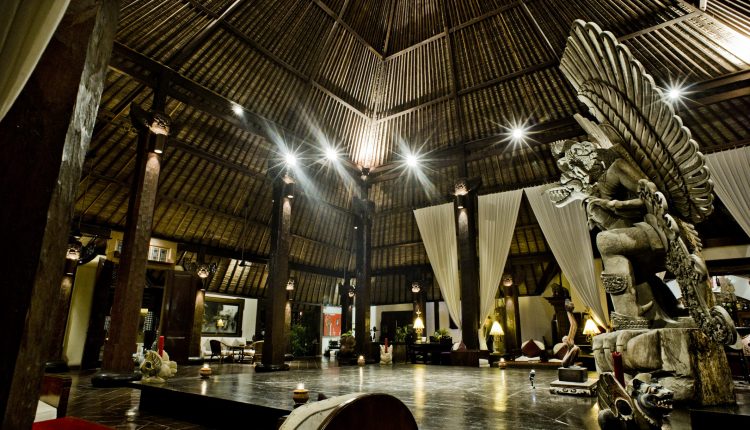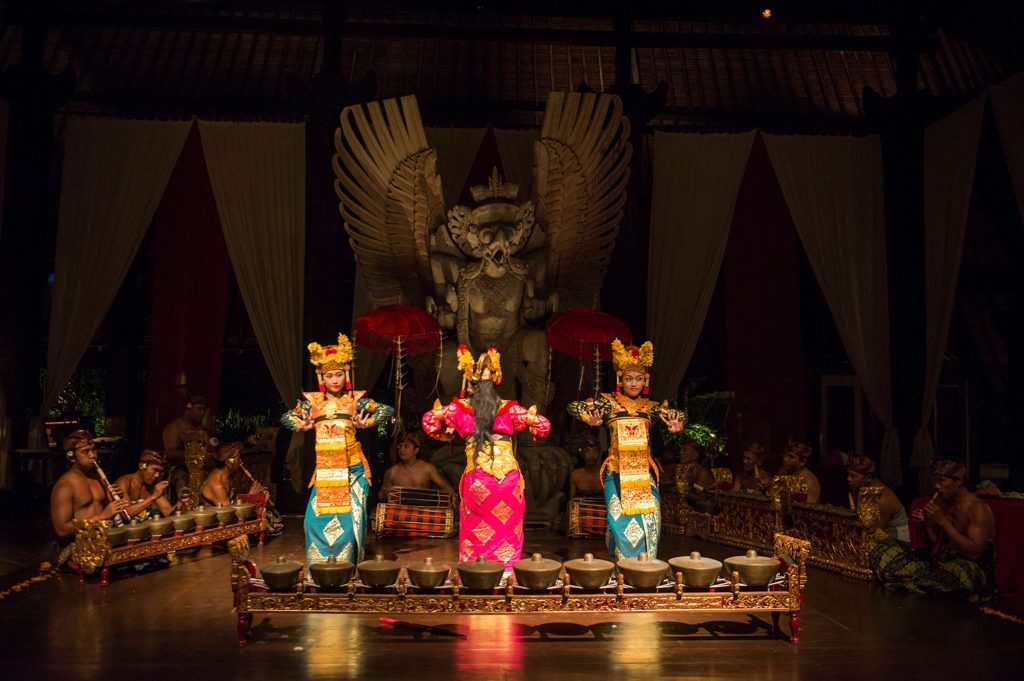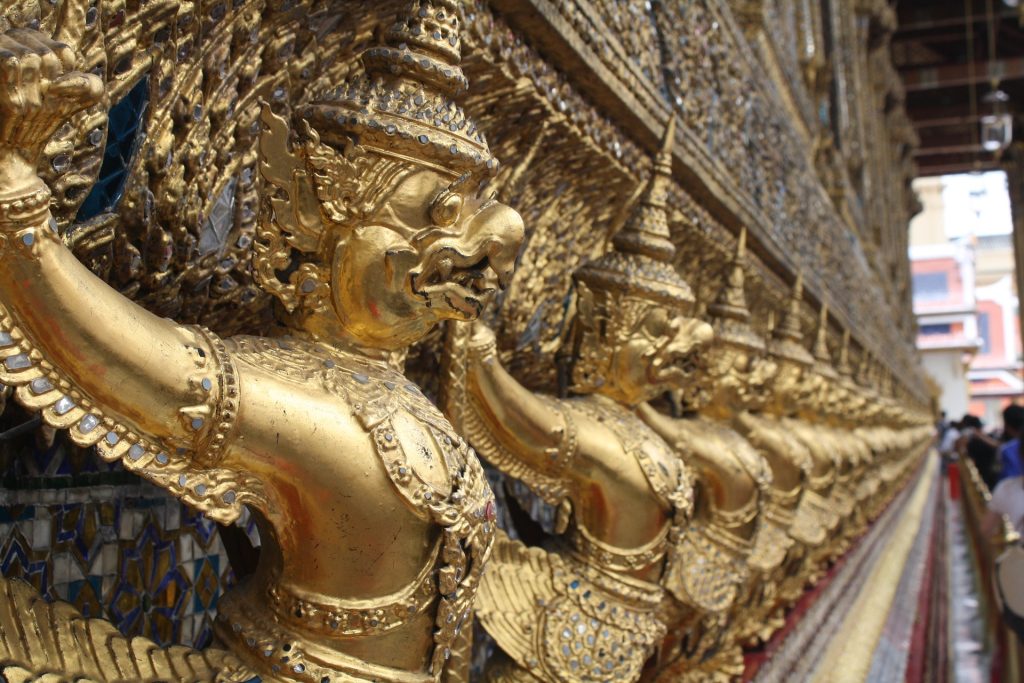Asian Mythological Creatures
Mythical creatures, legendary beasts and god-like beings have fascinated us since ancient times. They have filled folklore, stories, songs and works of art throughout history. Have you ever wondered what the bird-like creatures and the snake-like creatures that are frequently seen in art and sculpture in temples, tattoos, company logos and many media forms across Southeast Asia are? These creatures also appear in the art and carvings on royal barges and even on bank notes and coinage. In this edition we would like to introduce you to these two mythological creatures that play such an important role in the religious beliefs and culture of Southeast Asia, and where to find them (not the live ones, of course!).
Garuda VS. Naga
The Hindu tradition has a wealth of stories and texts, including many stories of the Garuda and Naga that date back more than 3,000 years. When Buddhism branched off from Hinduism around 500 BC these stories transformed as they spread across Asia and beyond. Today a billion people practice Hinduism, mostly in India, and another 350 million practice Buddhism. The Garuda and the Naga can also now be found in Balinese paintings, Himalayan bronzes, Japanese and Tibetan ritual dramas, Thai shadow puppets and Cambodian architecture, as well as in countless temples and shrines across India and SE Asia.
The Garuda:
The Garuda is a bird-like creature from Hindu mythology that is a mix of both eagle and human. He is the vehicle (vahana) of Vishnu and appears on this very important Hindu god’s banner. The Garuda represents birth and heaven, and is the enemy of all snakes. In Indian art, the Garuda gradually acquired a more human form over the centuries and over time maintained only his wings from his bird-like features. In Cambodia however, he retains even today the great talons and vicious-looking beak of a bird of prey.
In Hindu lore, Garuda represents heavenly power. On the bright side he is a symbol of virtue, hope and rebirth but he has his dark side too. The Garuda is a brilliant warrior and while it’s true that his enemies, the Naga serpents, are agents of the underworld, it’s also true that he shows no mercy in his attacks. Therefore, he symbolizes speed, violence and military prowess as much as he does virtue, hope and rebirth.
The Naga:
Nagas have split tongues caused by licking grass on which the Garuda spilled the nectar of eternal life. With a human face and the hood and body of a cobra, Nagas live underground in caves and sometimes in jeweled palaces. The Naga king has a thousand heads which serve as an umbrella for the sleeping Buddha. Unlike the serpent of Christian stories these serpents are not seen as evil. In some stories Nagas and the Garuda are depicted as enemies, where the Garuda perpetually punishes Nagas. But in Cambodia the Naga is revered as the ancestor of the Cambodian people and the protector of the Buddha. In Buddhist belief, Nagas are often seen as local deities, with the belief being that they use their powers to assist people. And in South India, Nagas can bring fertility, where women seek their aid in having children.
In Buddhist stories the Naga Muchalinda spreads out his multiple heads to protect the Buddha from a storm as he meditates. The role of protector is continued at almost every temple in Thailand where Nagas grace the roofs of the assembly halls and guard the entrance to the temple precinct.
The Phaya Naga is a Laotian dragon that lives in the Mekong River. It is also known in Thailand, Cambodia, Myanmar and Vietnam. A benign deity that protects the city of Vientiane. Every year in late October thousands of believers head to the Mekong river in the hope of seeing Naga Fireballs which rise out of the river and are believed to be produced by the dragon. These fireballs or ghost lights as they are also known are actually thought to be the product of fermentation from the river bed.


According to Hindu and Buddhist stories, the giant birdlike Garuda spends all of eternity killing the snake like Nagas. The feud started when the Garuda’s mother and the Nagas’ mother married the same husband. The husband granted each wife one wish. The Nagas’ mother asked for a thousand Naga sons. Garuda’s mother wished for just two children but that each child would be equal to 1,000 Naga sons. Their rivalry continued until Garuda’s mother lost a bet and became the servant and prisoner of the Nagas’ mother. The Garuda was able to free his mother by stealing the nectar of immortality from the gods. But he swore vengeance for his mother’s treatment and has been fighting Nagas ever since.





